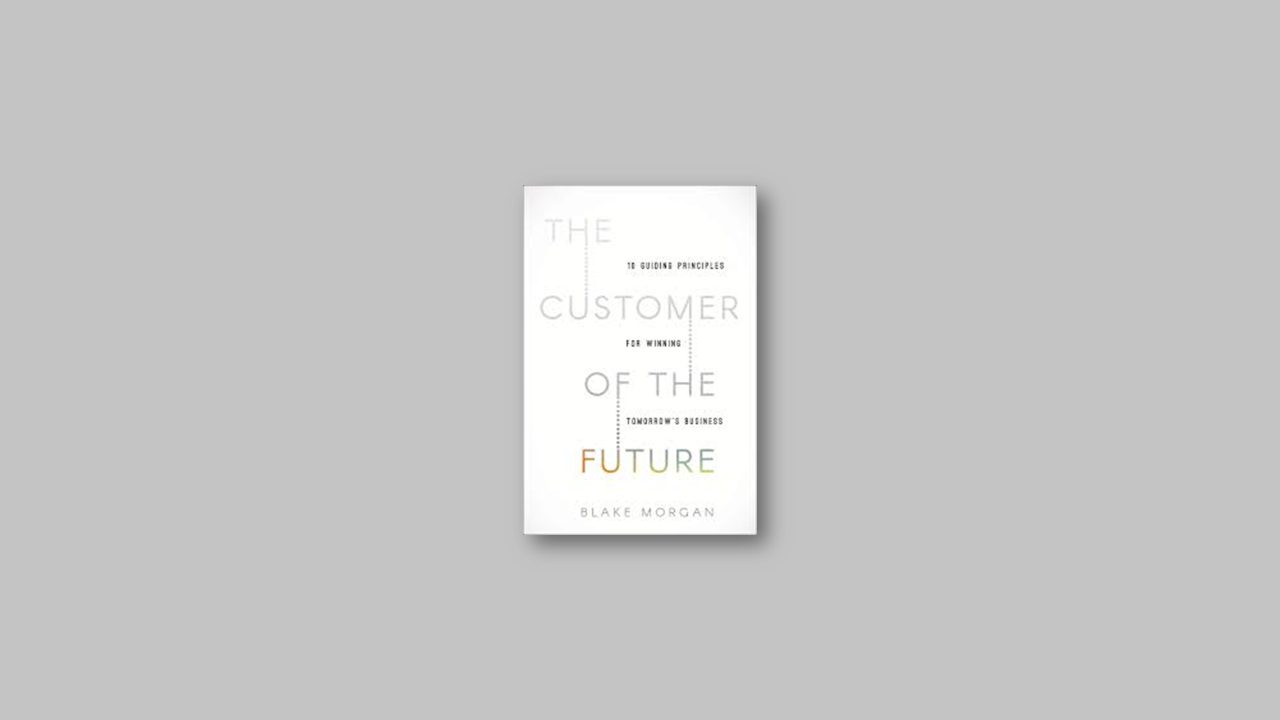Guiding Principle #1 Customer experience mindset
What you can learn from Sephora’s customer experience mindset:
- Think of your company more like a lab than a factory.
- Offer a service around your product to bring customers into your stores.
- Embrace diversity within your company and hire people who are in line with your customer base.
- Ensure your IT sits down with the business to understand the needs of business.
- Take risks on new technologies to improve the customer journey.
Guiding Principle #2 Building a customer-centric culture
What you can learn from Capital One
- Over-invest and over-manage culture.
- Be intentional about the culture you want to build. Start with purpose.
- Care as much about what you measure as what you don’t measure.
Guiding Principle #3 Developing customer-focused leadership
Being a customer-focused leader means developing transformational leaders. Customer-focused leadership is all about going further and working harder than other leaders to ensure their relevance to their own companies. They create a palpable impact at your company, but only if you develop and support them. The best leaders are not born great. They become great over time.
“Invest in your leaders and they’ll invest in your employees, who will in turn provide superior experience to your customers.”
Guiding Principle #4 Designing the zero-friction customer experience
Efficiency is the most unsexy and underappreciated tool in business. Those who can achieve efficiency, however minor, will gain an advantage. The customer experience journey without friction can happen when we walk through the journey ourselves and learn from the customer service champions like Amazon.
Guiding Principle #5 Customer-focused marketing
What you can learn from AccorHotels
- Marketing is still a mix of art, craft and science.
- Physically going to see the product or service in action, and understanding it deeply matters.
- Big brands can learn from the authenticity and innovation of smaller brands.
Guiding Principle #6 Customer experience technology
Technology in the customer experience management space will just continue to grow, as we become stewards of customer relationships From software to artificial intelligence to robots to how we store data, technology has made a huge impact to provide zero-friction customer experiences.
Take for example, Capital One which is one of the several clients of AWS, focus on technology and innovation as a key differentiator. Capital One’s mobile banking app was built with AWS, in addition to a new program for cyber claims, a new security model to operate in the public cloud rather than a database.
Guiding Principle #7 Digital transformation
What you can learn from Tata
- B2B customers today expect a certain level of customization.
- Transform your customer engagement journey away from relying on a traditional distributor channel and toward defining new customer experience journeys.
- Analytics can help B2B suppliers predict and forecast outrages or service needs.
- IoT can help B2B manufacturing companies become more efficient.
- Develop metrics that take customer experience into account.
- B2B operations, processes and organizational structure all impact customer experience.
Guiding Principle #8 Personalization and the customer experience of the future
One great example of personalization is Dollar Shave Club. In the past, the process of buying a razor was simply painful. You had to find a convenience store, make your way there and ask a staff member to unlock the case. The founders of Dollar Shave Club, Mark Levine and Michael Dublin, met at a party and shared stores of this nightmare. In the following months, they launched Dollar Shave Club as a membership service via quirky, honest and funny YouTube videos that went viral. Today, Dollar Shave Club is a billion-dollar business which keeps tailoring its solutions to the needs of every customer.
Guiding Principle # 9 The power of customer experience analytics
What you can learn from Lyft
- Think of employees as your first customers.
- Consider using predictive analytics in the form of machine learning and A to create a closed-loop feedback cycle with customers and eliminate customer pain.
- Solve problems across the experience rather than as oen transactional opportunity.
- Think about the customer journey, and the relevance of your communication to the customer.
- Contextualize and personalize the customer service interaction not by removing humans but by putting humans at the center to collect a rich data set and use that information to resolve problems for humans.
Guiding Principle #10 Ethics and data privacy in customer experience
One of the downsides of technology in customer experience is the problem it creates in individual privacy. For example, Taylor Swift has a database of stalkers and that is absolutely frightening. But what her real fans don’t realize is their faces are being scanned and that data was being collected all the time when Taylor is out in the public. Was it ethical for Taylor Swift to do this? The answer might surprise you. Private companies don’t need consent to do this. And there’s no government concern either, only an ethical one.

